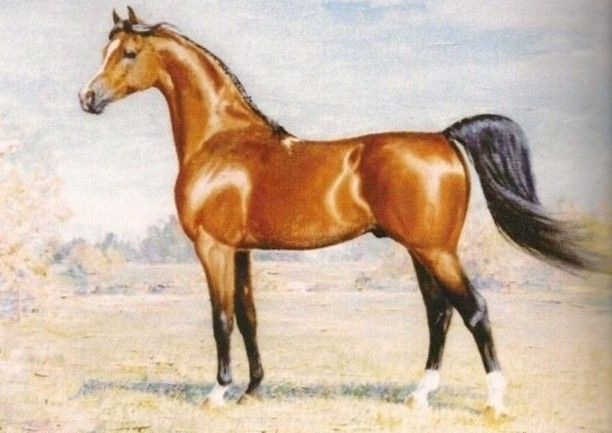
"Powered by the best blood lines."

"Powered by the best blood lines."
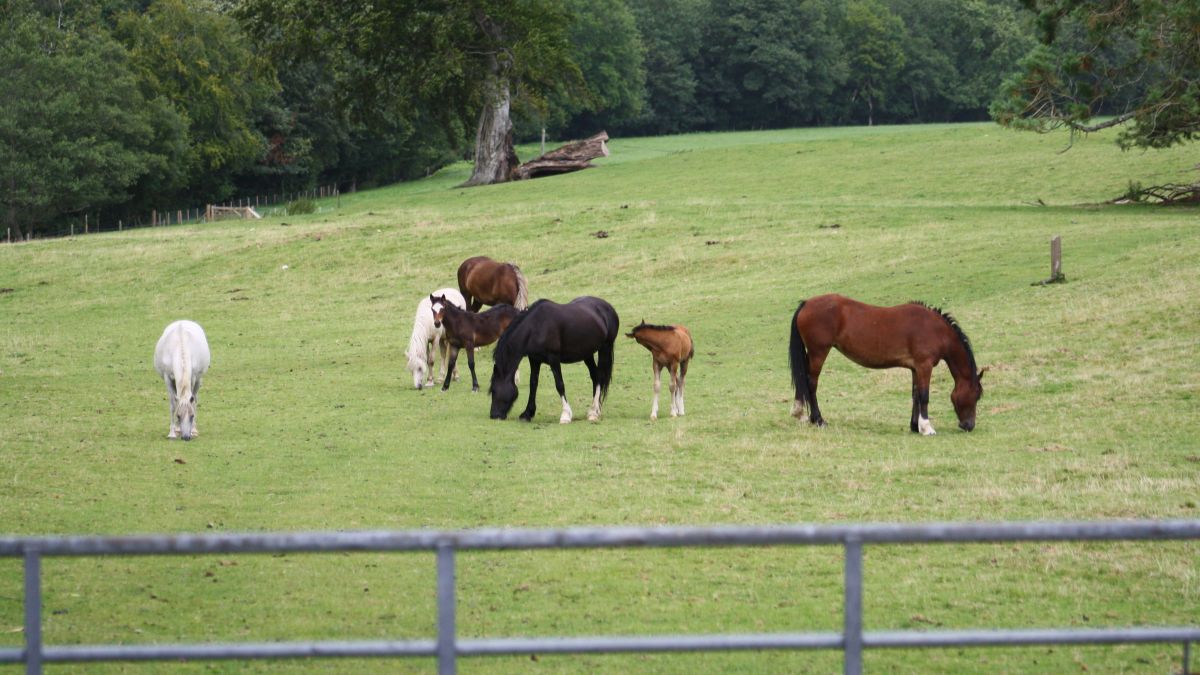
"Powered by the best blood lines."
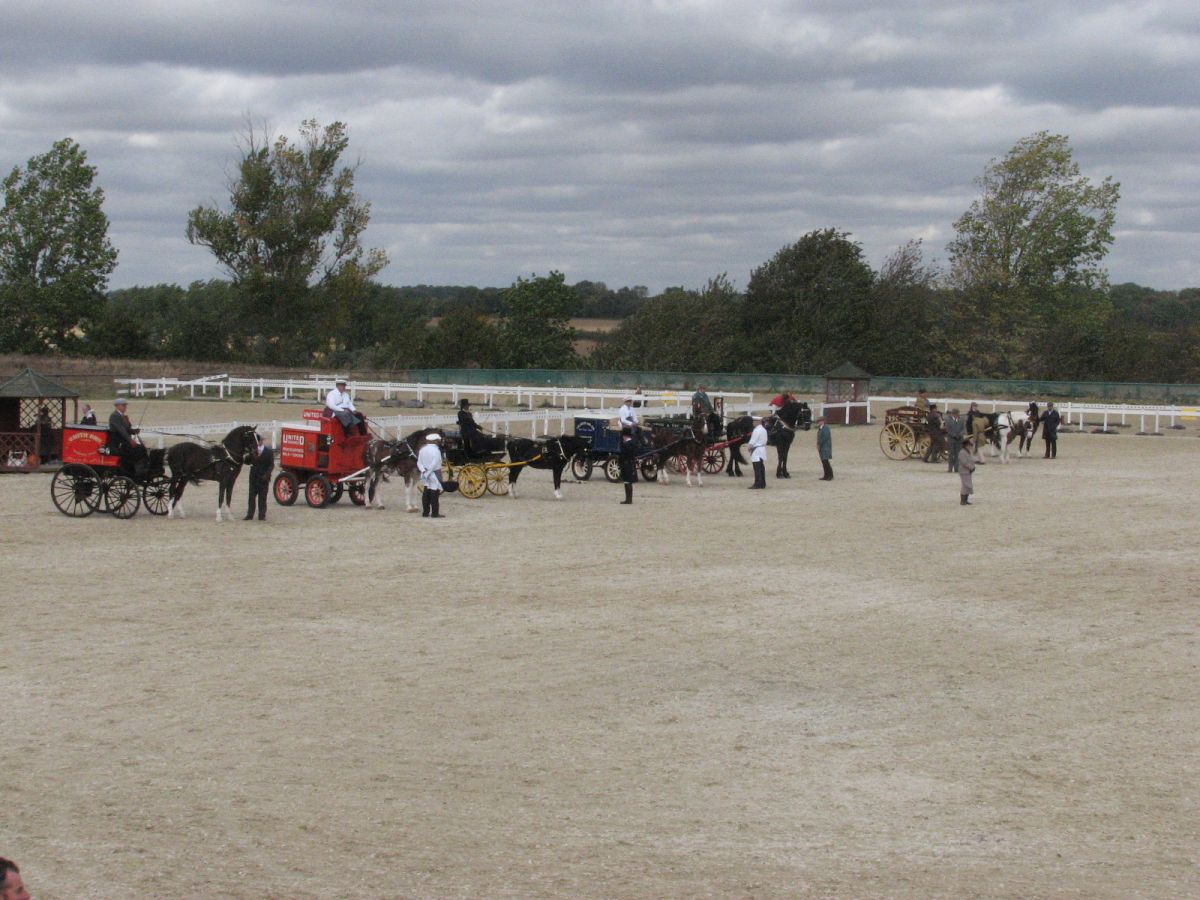
"Powered by the best blood lines."

"Powered by the best blood lines."
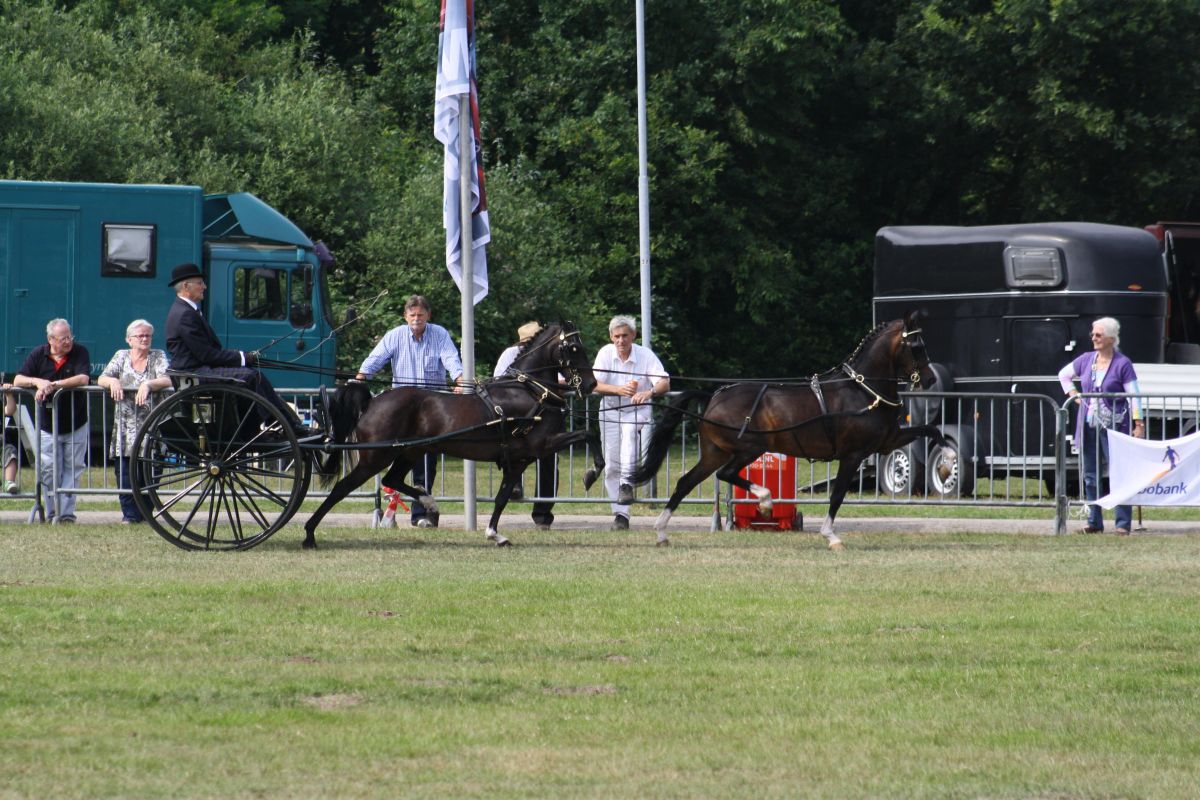
"Powered by the best blood lines."

"Powered by the best blood lines."

"Powered by the best blood lines."
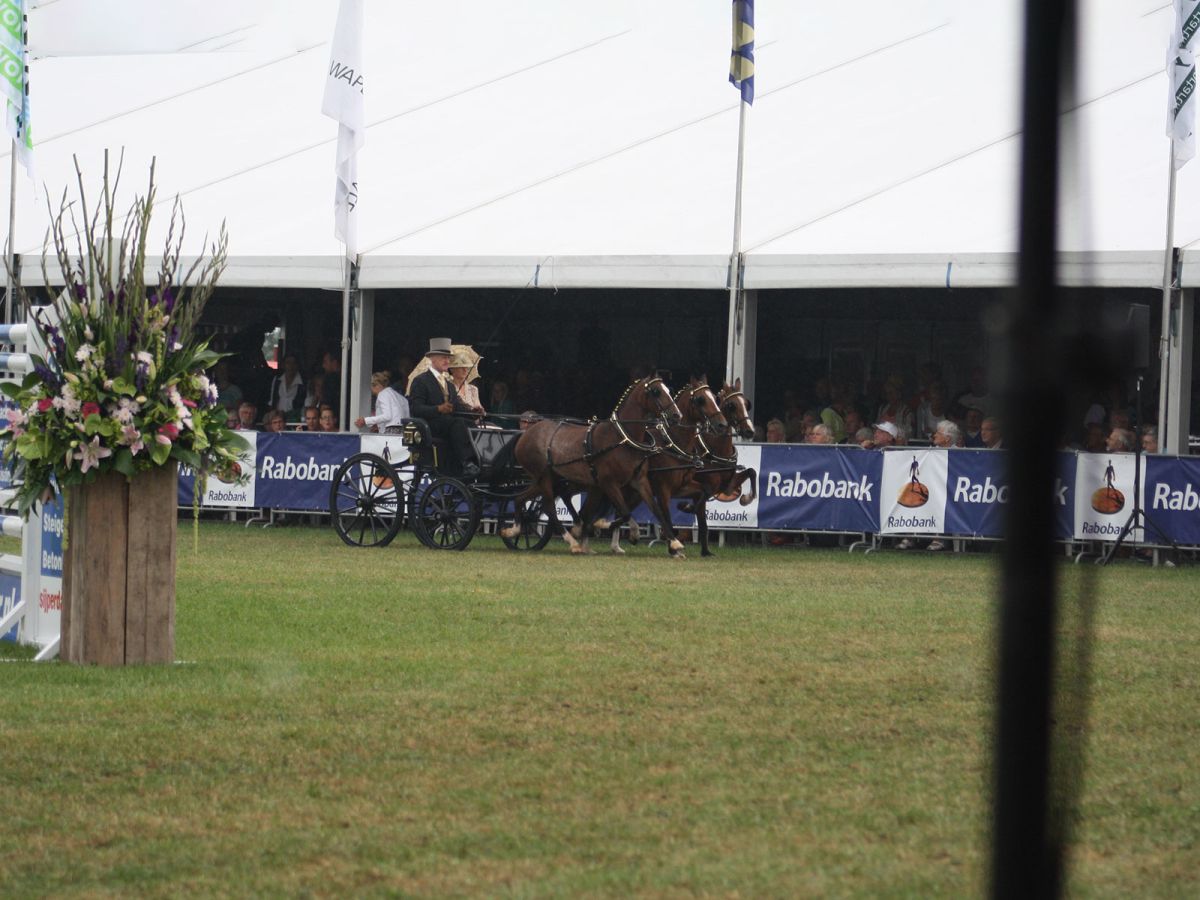
"Powered by the best blood lines."
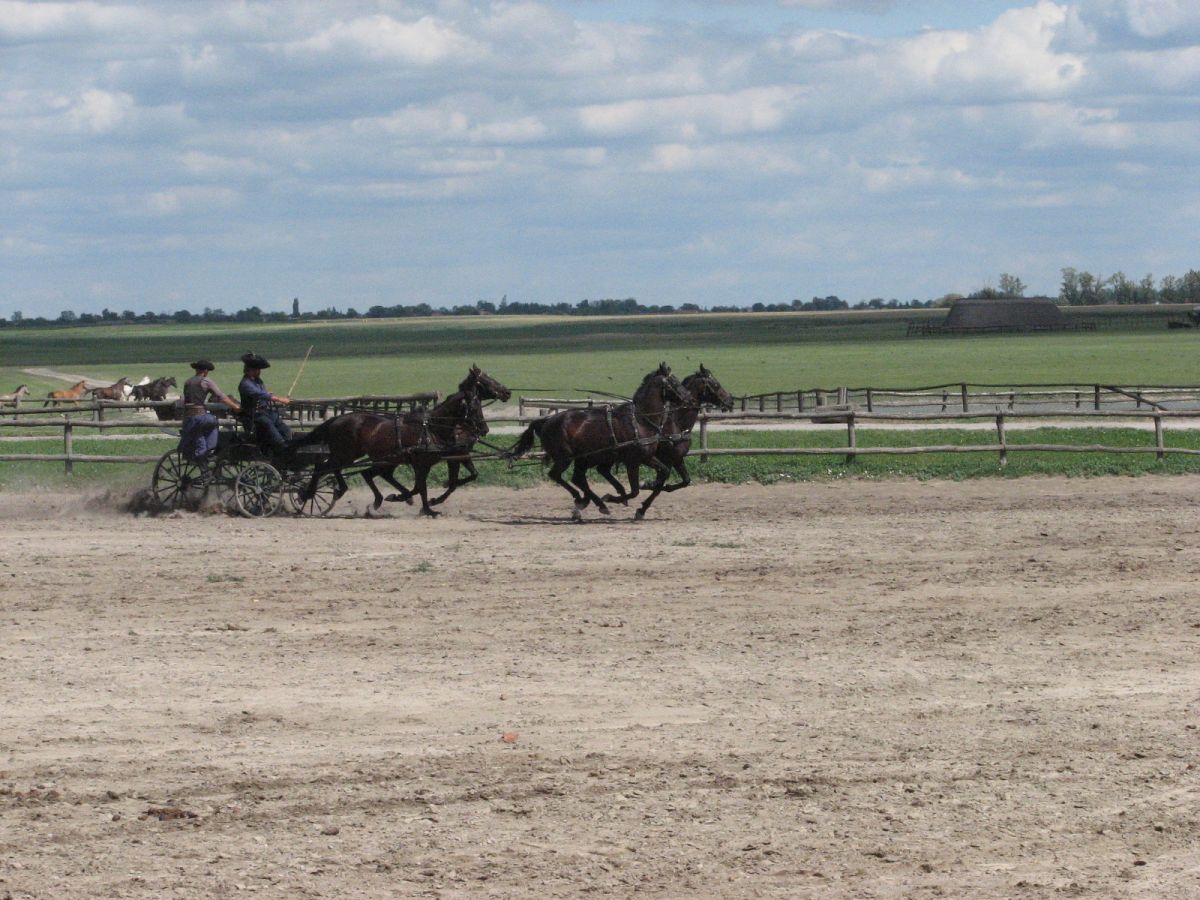
"Powered by the best blood lines."
History of the Hackney
There are different views on the origin of the name Hackney. It probably originated from the Middle English word 'Hakene', which meant lady's mount. Another possibility is that it originates from the French ‘haquenee’, which means small horse. The Hackney descends from the Norfolk Trotter and the Thoroughbred. By the influential Thoroughbreds Flying Childers (1714) and Bartlett's Childers (1716) the blood of de famous Arabian stallion Darley Arabian (1700) is anchored in almost all the sire lines in the Hackney breeding.
The stallion Mathias (1895) played an important part in the breeding history of the modern Hackney.
The most distinctive characteristic of the hackney is probably the special gait it has. Hackneys have a large suspended trot, at which the forelegs are lifted up high and far to the front. Before the foot is put down, it 'holds back' for a moment in the air, which prolongs the suspension. For good reason they are called ‘Ballerinas of horse show arenas’ due to their elevated, elegant gaits.
With regard to Hackneys, a distinction is made between ponies (with height of the withers between 1.20 - 1.40 meter) and horses (from 1.40 meter, in practice usually between 1.55 - 1.65 meter).
Initially, the Hackney was used as a pack and riding animal. Due to its speed and great endurance, particularly in Great Britain the Hackney has been hitched up in front of a stage-coach for a very long time. Nowadays, the Hackney is mainly used for various show disciplines of the driving sports.
